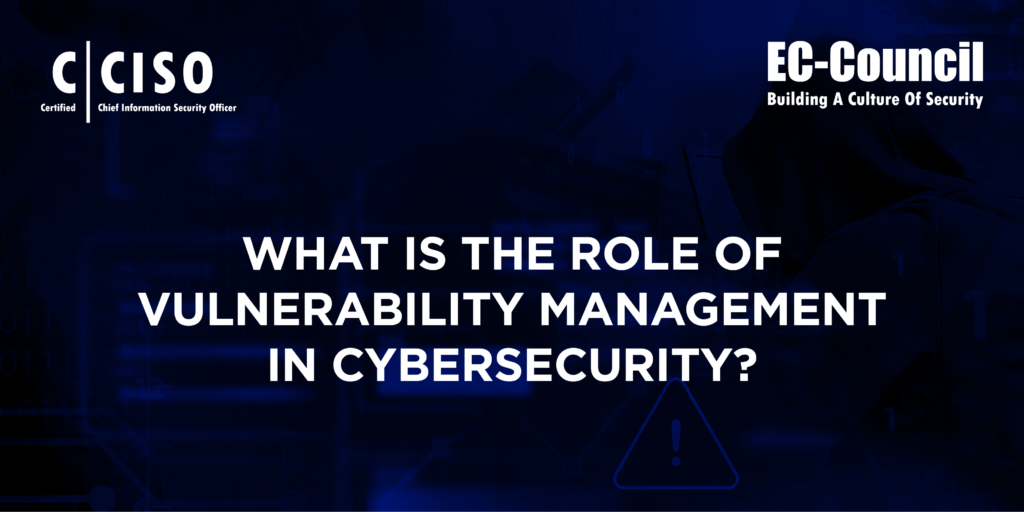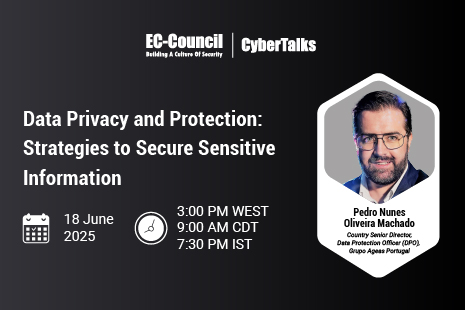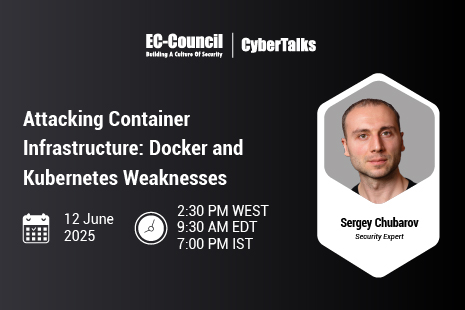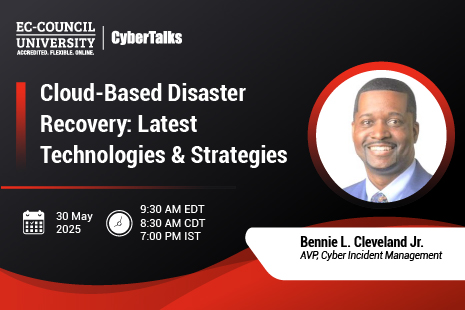Introduction
Vulnerability management in cybersecurity is crucial for businesses of all sizes and industries. In vulnerability management, organizations continuously assess their IT environments for security flaws, prioritize and rank them based on their severity, and then move to address them appropriately.
This article will cover everything you need to know about vulnerability management in cybersecurity: the definition and benefits of vulnerability management, steps, and best practices for vulnerability management, and more.
What is Vulnerability Management?
As the name suggests, vulnerability management is the process of managing security vulnerabilities in a computer system, software application, or network environment. A security vulnerability is any technological weakness or defect that a malicious actor can exploit. Vulnerabilities may be present in software code, system configurations, physical security control, and even human behavior via social engineering attacks.
The goal of vulnerability management is to minimize an organization’s attack surface, i.e., the set of potential security flaws and access points that a malicious actor could use to launch a cyberattack. As such, vulnerability management is an ongoing process that involves constantly staying one step ahead of would-be attackers.
The Benefits of Vulnerability Management in Information Security
Vulnerability management has many advantages in information security. Below are a few benefits of vulnerability management:
- Better security: Vulnerability management helps organizations pinpoint and handle security flaws before they can be discovered by malicious actors, reducing the risk of data breaches and hacks.
- Lower costs: It can lower business expenses by avoiding costly security incidents that may cause fines, legal fees, and reputational damage.
- Greater effectiveness: It helps organizations prioritize and triage the security vulnerabilities present in their IT environment so they can see the most result from their efforts.
- Regulatory compliance: It can help businesses comply with data security and privacy laws and regulations, such as HIPAA, GDPR, and PCI DSS.
What is the Vulnerability Management Process?
The vulnerability management process typically involves four main stages. Below, we’ll review the different steps of a typical vulnerability management process.
1. Scanning and Discovery
The first stage of vulnerability management involves scanning for vulnerabilities in the IT environment. This involves examining assets, resources, and systems such as endpoint devices (desktops and laptops), servers, databases, peripherals, and firewalls. In addition, vulnerability management tools can discover security flaws in operating systems, ports, software, accounts, file systems, and more.
2. Assessment and Prioritization
Once vulnerabilities have been identified, the next step is to assess their severity and prioritize them. This stage is sometimes referred to as vulnerability analysis. Organizations may use a vulnerability management framework such as the Common Vulnerability Scoring System (CVSS) that describes how to provide different scores or ratings for several types of security flaws (NIST, 2023). Assessing a security vulnerability involves asking questions such as:
- How easily discoverable is this vulnerability?
- How long has this vulnerability been present?
- How difficult is it to exploit this vulnerability?
- What would happen to the business if the vulnerability were exploited?
3. Remediation and Mitigation
After security vulnerabilities have been assessed and ranked in order of severity, the next step is to start addressing them. Businesses have multiple options for how to manage a vulnerability:
- Remediation fixes a security flaw to prevent it from being exploited by malicious actors. This may involve installing new software patches or changing system configurations.
- Mitigation attempts to decrease the chance that a security flaw will be exploited or the impact if it is exploited rather than fixing it entirely. This is usually done only temporarily (e.g., waiting for a software patch for a newly discovered vulnerability).
- Acceptance involves leaving a security flaw alone instead of attempting to remediate or mitigate it. This is usually done only for minor or low-impact vulnerabilities, where the effort involved in remediating or mitigating it is more costly than the impact if it were exploited.
4. Continuous Verification
The final stage of vulnerability management in cybersecurity is continuously verifying the IT environment. This involves ensuring that the actions taken to remediate and mitigate security flaws have successfully addressed the problem. In addition, IT teams should regularly scan for new flaws, threats, and attackers that appear in their environment. For example, changes in an IT ecosystem (e.g., adding a new device) can introduce new vulnerabilities. Security researchers may also discover previously unknown vulnerabilities that require users to upgrade their software and firmware.
Vulnerability Management Best Practices
Effectively performing vulnerability management requires organizations to follow industry best practices. Below are some vulnerability management tips:
- Regular Vulnerability Scans: Organizations should set up vulnerability scans in their environment frequently and regularly. These scans should cover the entirety of the IT ecosystem, including servers, workstations, databases, and mobile devices.
- Patch Management: Disastrous security incidents such as the 2017 Equifax data breach have occurred due to unpatched software vulnerabilities (Goodin, 2017). Staying up-to-date on security patches and upgrades is critical.
- Automation: Modern enterprise IT systems are far too complex for humans to effectively analyze for vulnerabilities. Like other areas of IT, automation is key for effective vulnerability management, helping resolve security flaws more quickly and reducing human error.
- Education and Training: Despite the value of automation, human employees still have essential vulnerability management roles and responsibilities. For example, education and training programs can help reduce or prevent security incidents due to human error, such as falling victim to a phishing scam.
What Aspects of Vulnerability Management Are Covered in the C|CISO Program?
Topics such as vulnerability scans, patch management, and automation are integral to vulnerability management in cybersecurity. Chief Information Security Officers (CISOs) and other IT leaders must be familiar with these issues to excel at their roles.
Whether you’re looking to transition into a role as a CISO or are a seasoned professional who wants to strengthen your existing skill set, obtaining a C|CISO certification is an excellent way to learn more about vulnerability management and other cybersecurity issues.
EC-Council’s Certified Chief Information Security Officer (C|CISO) program helps equip current and future information security leaders with the toolset they need to defend their organizations from cyberattacks. The C|CISO curriculum covers the essential knowledge for information security executives across five different domains:
- Governance, risk, and compliance
- Information security controls and audit management
- Security program management and operations
- Information security core competencies
- Strategic planning, finance, procurement, and third-party management
C|CISO graduates learn about a variety of topics relevant to vulnerability management, including:
- Establishing a penetration testing program using industry best practices to improve the security of the business
- Recognizing different types of IT vulnerabilities and the legal issues concerning penetration testing
- Formalizing policies and protocols for the pre- and post-testing phases.
- Devising methods for reporting on penetration test results and correcting security flaws
- Creating vulnerability management systems
Are you ready to start or enhance your career as a CISO? Learn more about EC-Council’s C|CISO certification and how it can help you.
References
NIST. (2023). NVD – Vulnerability Metrics. https://nvd.nist.gov/vuln-metrics/cvss
Goodin, D. (2017). Failure to patch two-month-old bug led to massive Equifax breach. Ars Technica. https://arstechnica.com/information-technology/2017/09/massive-equifax-breach-caused-by-failure-to-patch-two-month-old-bug/
About the Author
David Tidmarsh is a programmer and writer. He’s worked as a software developer at MIT, has a B.A. in history from Yale, and is currently a graduate student in computer science at UT Austin.











